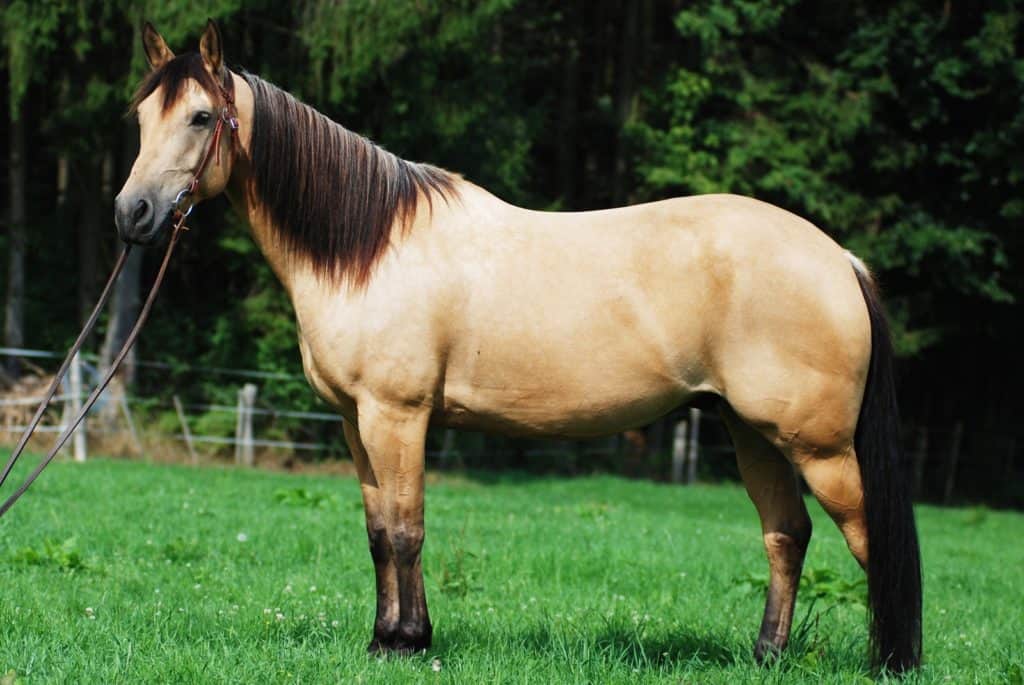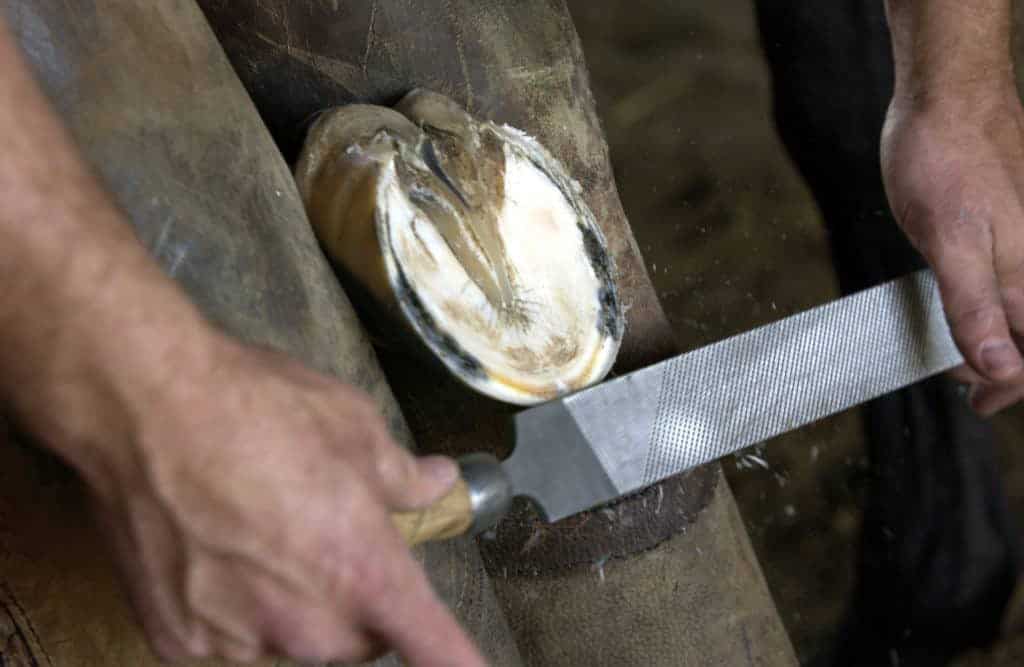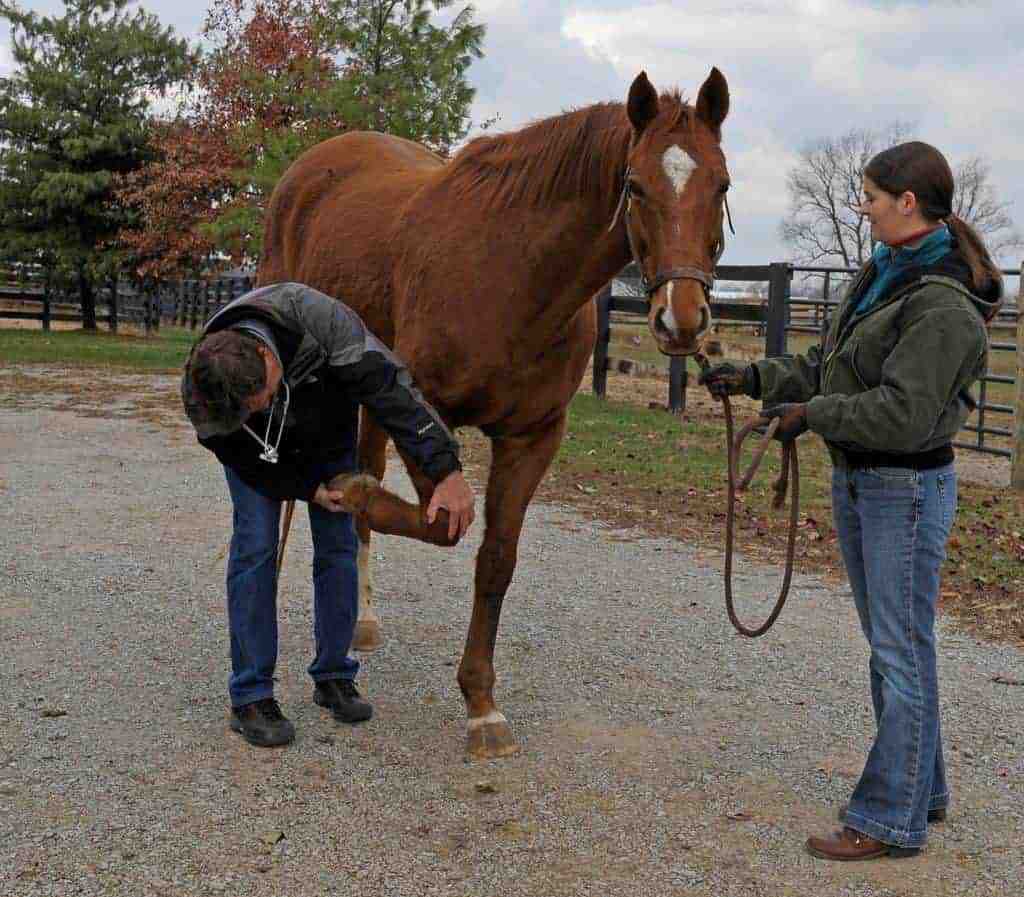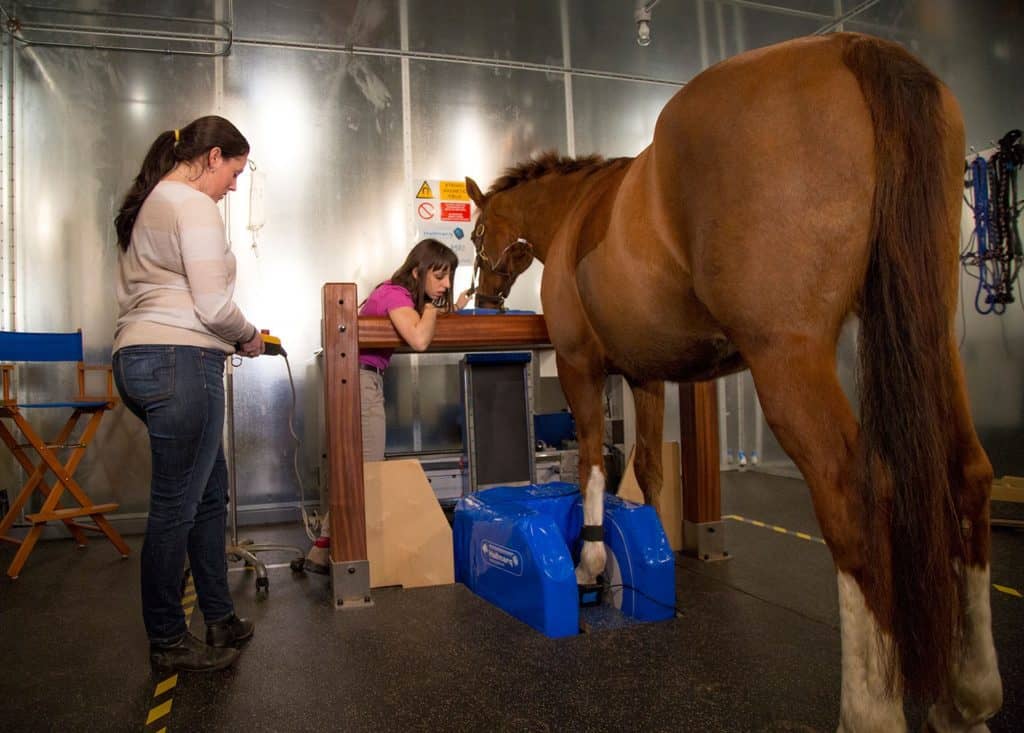
Front Foot Lameness in Horses: Don’t Forget the Exam
Owner-provided information and a thorough lameness examination can help veterinarians start meaningful investigations into front foot lamenesses.

Owner-provided information and a thorough lameness examination can help veterinarians start meaningful investigations into front foot lamenesses.

Assessing a horse’s limbs, feet, and body can help you and your veterinarian identify anatomical traits that could end up being performance-affecting liabilities.

With so many supplements to choose from, it’s important to know what options are effective. Here’s a look at supplement ingredients that are backed by science.

Consider the horse’s lameness history and gradually increase varied exercises to manage these mounts, one veterinarian says.

No horse is perfect, and many with conformational flaws go on to compete successfully. What can you live with and how?

What impact do structural deviations really have on your horse’s soundness and performance? Here’s what you should know.

What could cause a change in an adult horse’s leg conformation?

A vet weighs in on what might cause a well-conformed senior mare to become over at the knee and fall during a ride.

The more data vets have on the injuries Western horses experience, the more they can do to try to rehabilitate or prevent them, one practitioner says.

Find out how an owner’s careful management after an injury occurred likely prevented a fatal outcome for a Quarter Horse gelding.

Tailored rehab plans and frequent veterinary checks are just two pieces of the rehabilitation puzzle.

Dr. Elizabeth Santschi recaps studies on fracture recovery, joint injections, sarcoid treatments, and more.

A hereditary disease–skeletal atavism–leads to disturbed skeletal development and usually requires euthanasia.

Horses can appear lame in the front limb when the real lameness is the hind limb on the same side, researchers found.

Take a look at the evolution of diagnosing distal limb lameness in sport horse practice with Dr. Brendan Furlong.

Horses’ knees are prone to both congenital and acquired lameness problems. Here’s what you need to know.
Stay on top of the most recent Horse Health news with
"*" indicates required fields